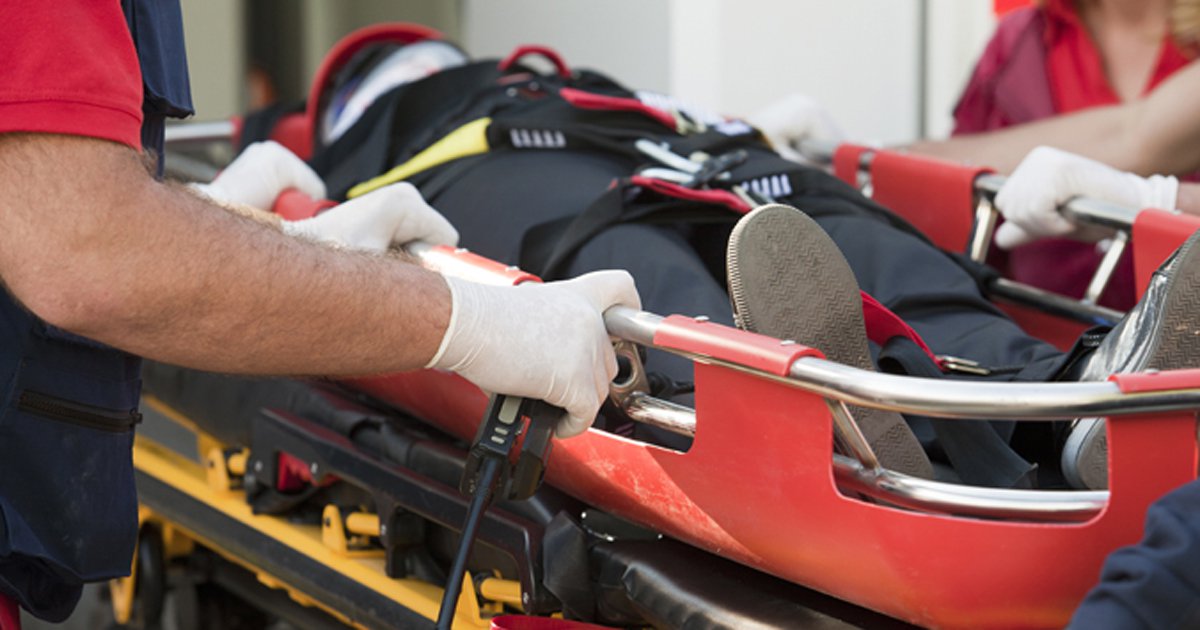Hand hygiene compliance ‘remarkably low’ among EMS providers

Study findings showed that hand hygiene compliance among EMS providers is “remarkably low,” with an “over-reliance” on gloves and a “tendency toward self-protection instead of patient protection,” researchers reported in Emergency Medicine Journal.
“Although prior research has suggested that hand hygiene compliance in the EMS [is] suboptimal, we were surprised when we found a general low compliance rate across four countries,” Heidi S. Vikke, RN, MSc, a PhD student at Falck Danmark A/S and the department of clinical research at the University of Southern Denmark, told Infectious Disease News.
Vikke and colleagues conducted the multicenter prospective observational study from December 2016 to May 2017 among ambulance services in Australia, Denmark, Finland and Sweden, assessing hand hygiene compliance with WHO guidelines. They also looked at glove use and compliance with basic hygiene, such as nail and hair length and use of jewelry.
In each country, they observed hand and basic hygiene practices for 60 hours, and recorded a total of 87 patient encounters. Overall, there were 1,344 indications for hand hygiene.

Vikke and colleagues observed 3% compliance with using hand rub or hand wash before patient contact and 2% before clean/aseptic procedures. After the risk for exposure to body fluid, hand rub or hand wash compliance was 8% and increased to 29% after patient contact.
At 38%, compliance with hand rub or hand wash was highest after contact with patient-related surroundings. Of all the hand hygiene indications reported, glove use compliance was 54%. Participants were 99% compliant with wearing hair short or done up; 84% compliant for having clean, non-polished nails and 62% compliant with wearing no jewelry.
According to the study, wearing gloves (OR = 45; 95% CI, 10.8-187.8) and the skill or care level of the EMS provider (OR = 1.7; 95% CI, 1.1-2.4) were associated with higher levels of hand hygiene compliance. However, this association was not seen in relation to gender (OR = 1.3; 95% CI, 0.9-1.9).
The researchers noted that hand rub was the “preferred” hand hygiene method and that the use of hand washes was observed only seven times. Moreover, the observed hand washing occurred only after patient contact.
Overall hand hygiene compliance was 15% regardless of indication, Vikke and colleagues reported. They said the findings suggest that EMS providers rely heavily on gloves to protect themselves, but hand hygiene compliance is low, which puts patients at risk.
“Although hand hygiene is a key measure to prevent microbial transmission and infections, and thus, a patient safety issue, it is highly underprioritized in the EMS,” Vikke said. “The self-protection culture has to be changed, and more research is needed to elucidate potential solutions, but according to the WHO, hand hygiene improvement strategies should be multimodal, and thus include both organizational and individual aspects.” – by Marley Ghizzone
Disclosures: The authors report no relevant financial disclosures.
